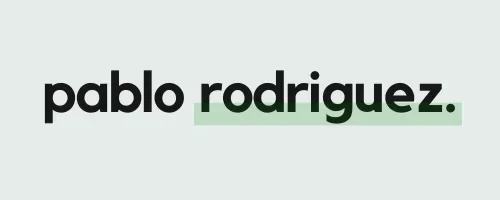29+ Website Content Ideas (Make Your Site Stand Out)
If you’re looking for unique and creative website content ideas for your business or personal site, you’re in the right place.
And yeah, we know the drill: it’s (almost) impossible to outrank your competitors with bland and generic content. That’s why we’ve prepared this guide with content and topic ideas relevant to your industry — whether you run a SaaS company or a travel blog — to help you connect with your target audience and stand out from the crowd.
From engaging blog posts to inspirational testimonials, this article covers the pieces of content you must have on your site, plus out-of-the-box approaches you can use to attract new visitors.
After reading this guide, you’ll learn:
- What are the best content for website ideas (29 ideas + 3 bonus tips)
- What are the benefits of using these types of content on your site
- What are the most relevant FAQs on the topic
Let’s get started!
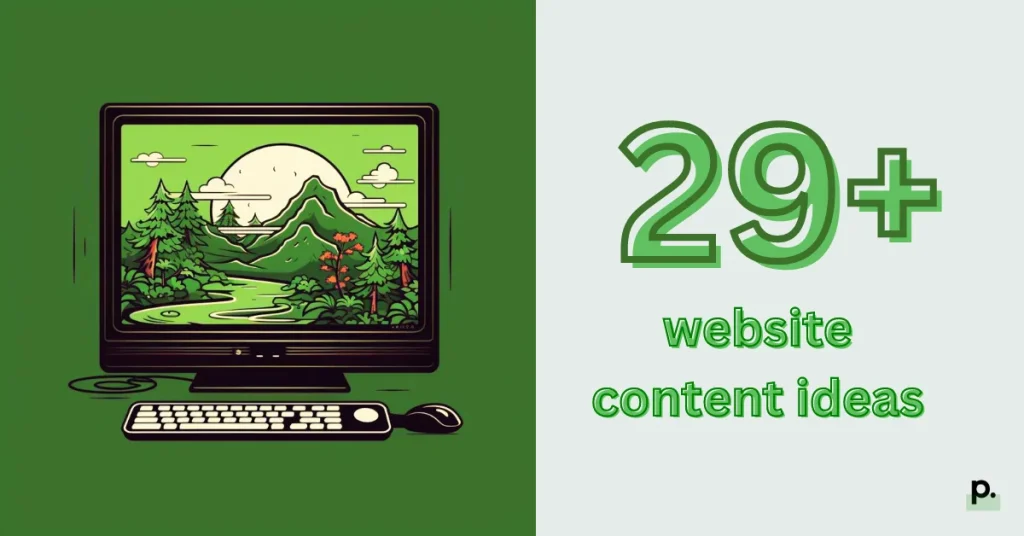
Best content for website ideas
- Blog content
- Video content (in-house)
- Search function (voice-optimized)
- Thought leadership content
- Case studies
- User-generated content
- Ebooks
- Webinars
- Podcasts
- Pop-ups (not the annoying ones)
- Business news and updates
- Life at the company
- Social media feeds
- Guest posts
- Newsletters
- Your story
- Knowledge base
- Partners/clients list
- Career path guide
- Unique data
- Journaling
- Product/services comparison reviews
- Templates
- Free tools
- Interviews
- Demo videos
- Academy
- Resources hub
- Infographics
- (BONUS) Behind the scenes
- (BONUS) ‘Ask me anything’ sessions
- (BONUS) Customer requested content
1. Blog content
If you don’t have a blog to drive traffic to your site, you’re falling behind.
So is your SEO strategy.
Despite the rise of AI tools (and chatbots that seem to answer any question you may have), Google is still the go-to platform people use to find answers to their questions.
By writing blog articles such as how-to guides and lists, you’re not only helping users but also positioning yourself as an expert in your niche or industry.
2. Video content (in-house)
Video content is king. Or, at least, that’s what statistics say.
In the second quarter of 2023, 92.3% of people who used the internet worldwide watched online videos. That’s 9 out of 10 people!
See Duolingo.
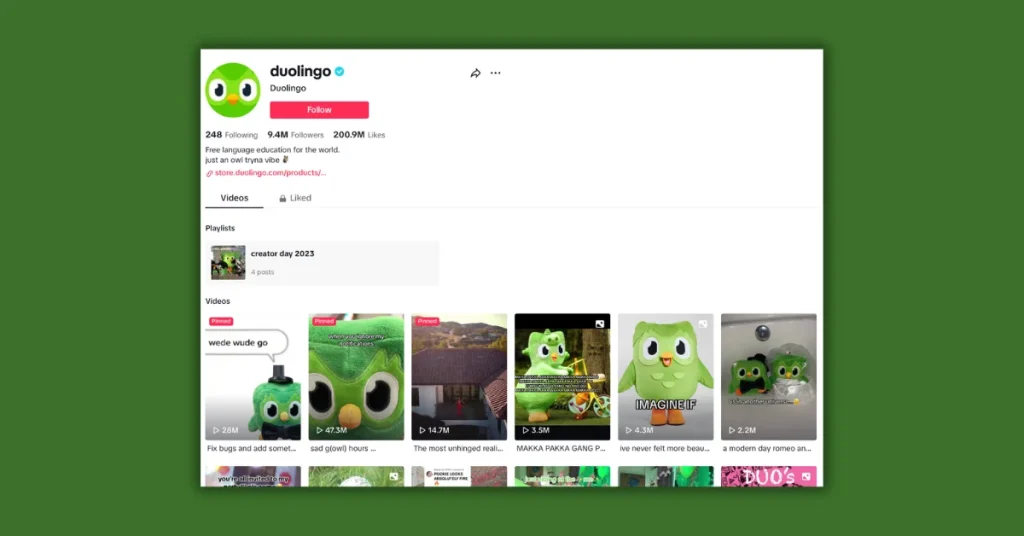
The educational app has revolutionized its content marketing strategy by producing short videos on TikTok. Since launching, they’ve reached +9m followers in their account and increased Duolingo’s daily active users by 62% from 2022 to 2023.
And all by producing short, goofy videos featuring Duo, the company’s mascot.
Using the same tactic, you can produce in-house video content on social media and use it all around your site to promote your product or educate your audience.
3. Search function (voice-optimized)
Despite not being a type of content per se (it’s more of a functionality), adding a search bar to your website is helpful for people trying to find a specific page.
Plus, with voice search and voice commerce exploding, including a voice-optimized search function can set you apart from competitors and improve your site’s user experience.
4. Thought leadership content
If you want your website to (really) stand out, consider creating content that positions yourself or your brand as a thought leader in your industry.
Showcase your expertise in a specific topic, and inform, educate, and entertain your audience with content they can only find on your site.
5. Case studies
Case studies are a popular way of attracting potential clients by showing them you’ve helped others succeed in the past.
E.g., ‘How we helped [insert company name] increase sales by [add value] in [add timeframe]’.
6. User-generated content
Producing fresh new content every now and then can be a daunting task. So, why not use the content your audience shares in their personal accounts?
Keep it simple. Begin by searching your brand name on search engines (Google, Tik Tok or any other social media platform) to see whether customers or content creators are talking about your products. Then, filter the best posts, repost them and mention the author in your company’s social media profile.
You can even use these video product reviews or images to enrich blog posts or testimonial pages.
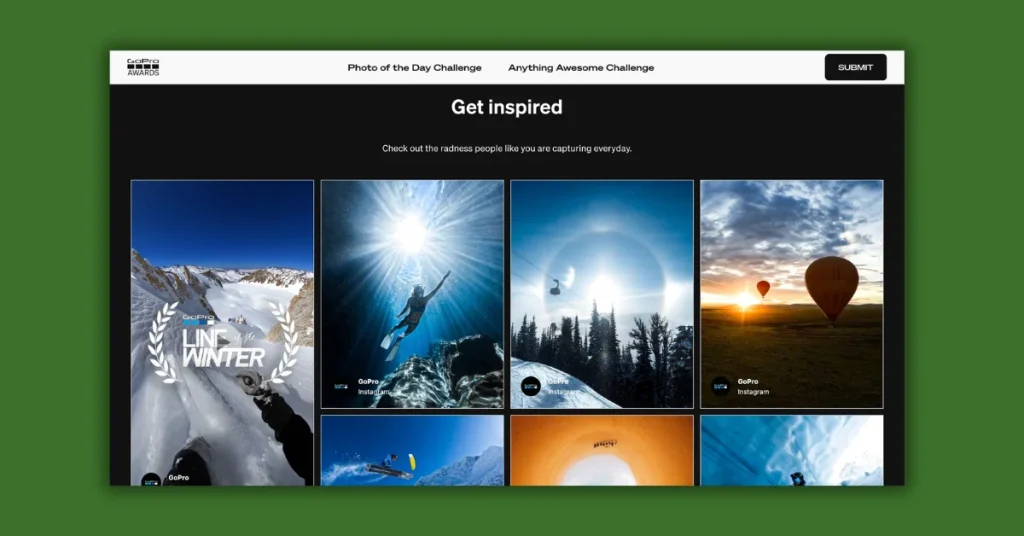
7. Ebooks
To show your niche expertise, you don’t necessarily need to write a post. You can design an ebook.
Ebooks combine the best of a well-written article (they’re concise and follow a narrative structure) and a short video (they include images and other graphic materials). You can launch an ebook to showcase industry trends, feature your products and services or even as a how-to guide.
8. Webinars
Live webinars are catchy and work well to present innovative ideas and interact with viewers.
That guy in your company who’s known for being good at talking and knows their thing can be the perfect candidate to do it.
9. Podcasts
We know what you’re thinking: absolutely everyone has a podcast today.
And absolutely everyone seems to have something interesting to say.
But, hey, people love podcasts and listen to them while cleaning, taking a shower or working out. Starting a podcast and publishing the episodes directly on your website (or just sharing and embedding from a streaming platform) is an excellent way of educating current and potential customers.
10. Pop-ups (not the annoying ones)
We can’t emphasize it enough. Nobody likes pop-ups.
But, using the right font size, unique visuals, and concise text to design them can do magic. Especially if you’re offering a discount or a special prize to new customers (instead of the classic ‘join our mailing list’ boring messages).
11. Business news and updates
Keep your customers informed about what’s going on in your business.
Create a page on your site where you share important updates regarding product releases and functionalities to ensure whoever completes a purchase gets a glimpse of what’s to come in the future.
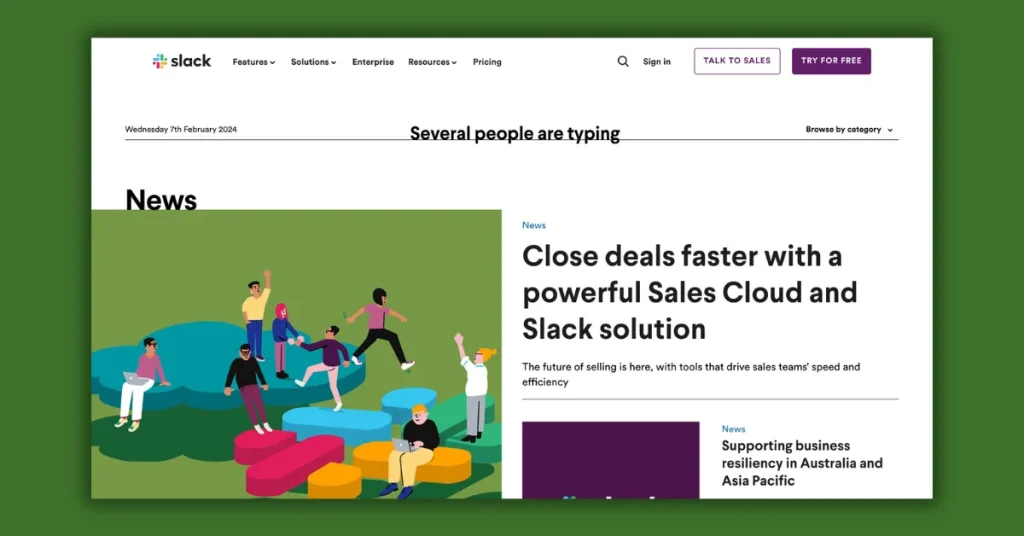
12. Life at the company
A product or service means nothing without a team behind it, right?
Adding a section or page on your site where you talk about the people who make everything possible highlights the human side of your brand. And it doesn’t only build a bond with prospective clients but with professionals who may see your organization as a great place to work.
13. Social media feeds
The content you post on LinkedIn, Twitter (yeah, we still don’t feel like calling it ‘X’), or Instagram can be as good or better than the one you post on your site.
If that’s your case, just add a social media feed to your site to increase your social media content reach and gain more followers on these platforms.
14. Guest posts
Get a renowned influencer in your industry to write a guest post on your site.
This way, you’ll be offering your readers fresh, relevant and engaging content while at the same time strengthening your brand’s relationship with an expert in your field.
15. Newsletters
People don’t have time to read and be updated on the latest industry news. Releasing a newsletter curating the most important weekly or monthly topics in your niche can be a life-saver for your audience.
And an excellent opportunity to promote exclusive offerings and discounts for subscribers.
16. Your story
Your story as an entrepreneur or content creator is unique.
Share your journey, the challenges you’ve overcome, and the lessons you’ve learned along the way. Use your story to connect with your audience on a personal level and show them that you understand their struggles. This authenticity will help you build trust and loyalty with your followers and customers.
Your story can also be leveraged to attract partnerships, collaborations, and opportunities that align with your brand and values.
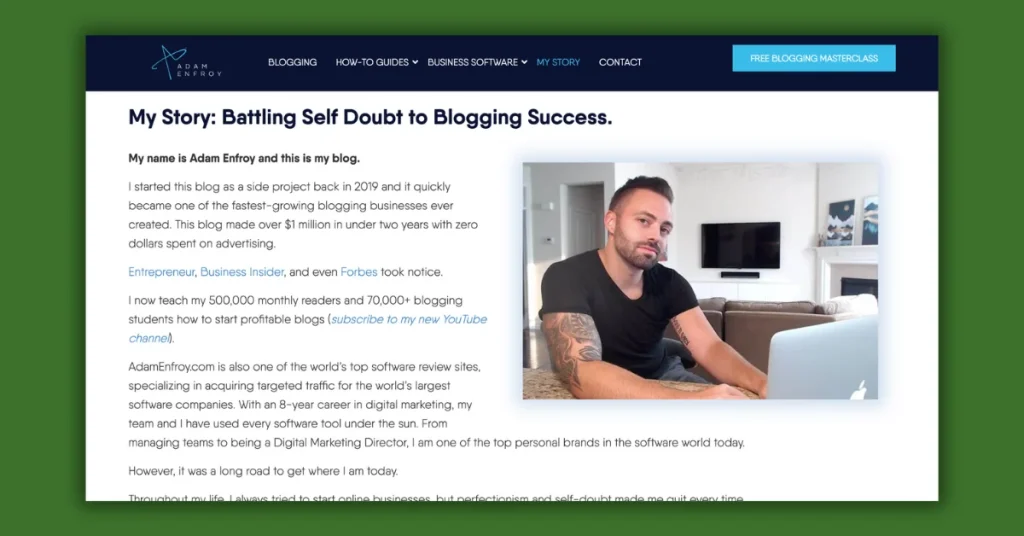
17. Knowledge base
Build a knowledge base where you gather the essential guides, definitions and articles your website visitors must read to know how to use your product or service.
Add frequently asked questions and key insights related to your industry.
18. Partner/client list
Publishing a partner or client list on your site can attract new customers or business leaders to invest in your services.
But we aren’t talking about a simple list with names and logos.
We recommend you add brief descriptions of the partnerships or projects you have with each client or partner. This allows potential customers to see the depth and breadth of your experience and the value you bring to the table.
19. Career path guide
This one’s an original website content idea for small businesses looking for top talent.
Picture yourself at 20-something, trying to find your next opportunity to shine in a new, innovative organization. Wouldn’t it be cool to have a career path guide where you could envision your future growth within the company?
Well, you can now do young professionals a favor by creating a helpful guide on your careers page where you share a step-by-step process of how learning and progressing in your company looks like.
20. Unique data
If you have access to unique data on your industry, you have a treasure.
Many business websites are constantly looking for reliable and relevant statistics to support their claims and arguments, and your data can be a valuable resource for them.
One way to make the most of this data is to reach out to other sites and offer them your stats in exchange for a backlink. This not only helps you build backlinks but also positions you as a thought leader in your niche and can attract more attention to your content.
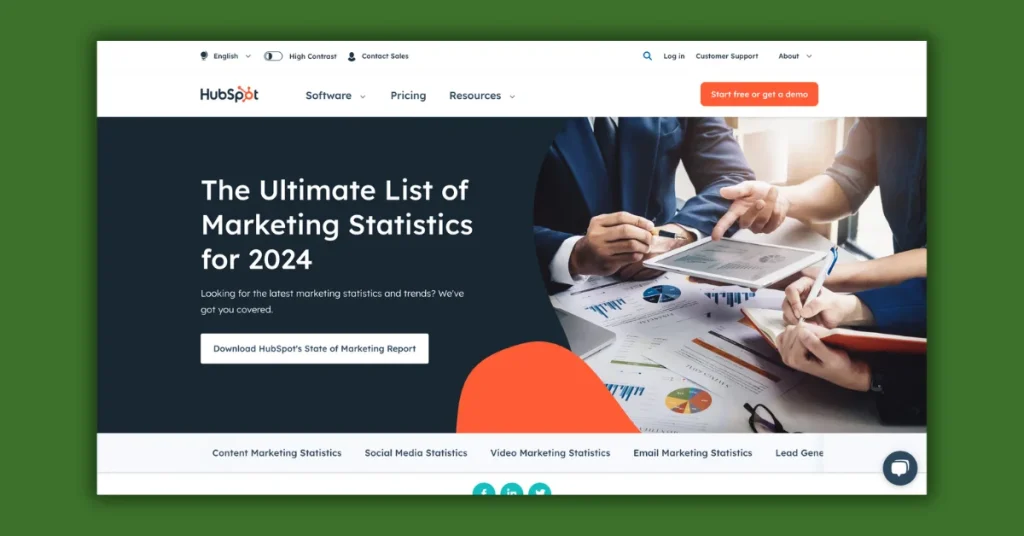
21. Journaling
Small business owners, this one’s for you.
People love a good story, especially coming from someone they can relate to. Keeping a journal of your startup, from its conception to its first product and beyond, is a great way of humanizing your brand.
22. Product/services comparison reviews
Writing a side-by-side product comparison review is a great website content idea if you’re looking for a way of evaluating your business with your competitors.
Especially if you’re in the SaaS industry.
But remember: try to be objective and avoid being ‘salesy’ by highlighting only the benefits of your product and the drawbacks of your competitors.
23. Templates
Share business templates relevant to your audience and show them the results you achieved by using them.
For instance, you can share the personal branding strategy template you used to build your personal brand, outlining the key elements of a brand’s identity, such as values, personality traits, and visual elements (e.g., logo, color scheme, typography).
Add the metrics and methods for tracking the success of personal branding efforts, such as engagement metrics, client inquiries, or job offers. Make it a downloadable asset so your audience can edit it easily, adapt it and personalize it to fit their unique strengths and aspirations.
24. Free tools
Offering a free tool is one of the most underrated forms of content.
And it has the potential to bring valuable website traffic!
If you develop an easy-to-use product and market it well, people will check it out, and if they enjoy the experience, they may review it in blog articles and social media. As a result, you can get backlinks organically.
For example, if you launch a free SEO writing tool, a blogger can include it in an article on “The 17 Best Free SEO Writing Tools To Boost Your Traffic”.
25. Interviews
If you’ve been in business for a while, you know the power of interviews.
Interviewing an authorized voice in your niche can make your brand recognizable while attracting more customers and other industry experts.
Plus points if you arrange a face-to-face video interview.
26. Demo videos
Product demo videos show prospects what your product is and how it works in a few minutes.
They come in a variety of formats and types, from screencasts (recording your screen while using the product) to live-action videos (recording a person interacting with the product).
Either way, make sure you build an engaging storyline to keep viewers’ interest and consider adding it to your homepage to make a great first impression on your site.
27. Academy
We’re pretty sure you know Ahrefs.
Besides being one of the best SEO tools you can find today, the company built Ahrefs Academy to share free video courses on SEO, blogging, and affiliate marketing, among others.
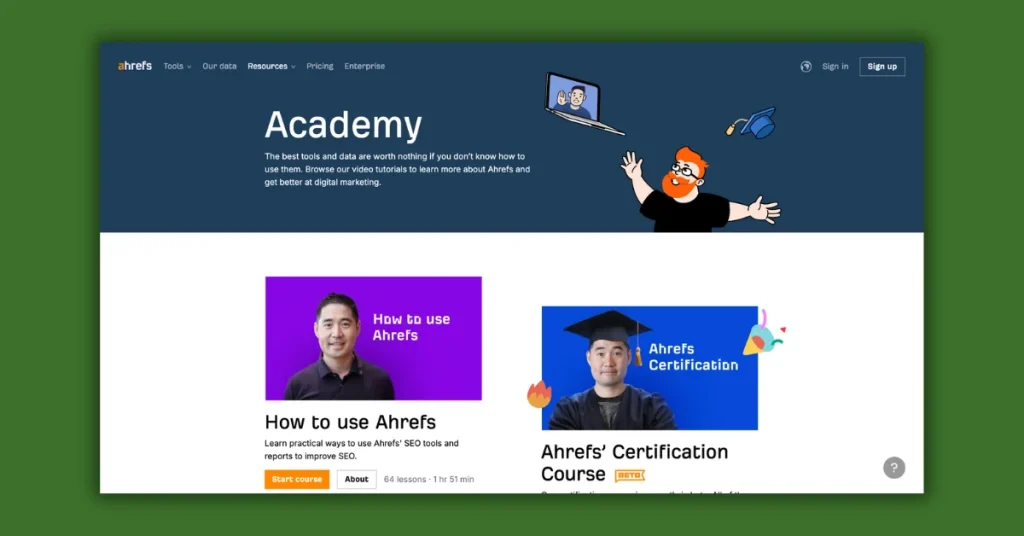
We’re not telling you to copy their idea, but why not try to mimic their strategy and offer free video resources to your audience?
28. Resources hub
A glossary, a guide, a step-by-step process, a user’s manual, a help center, FAQ section…
These are some of the types of content you can create to address people’s burning questions. For instance, if you run a graphic design business, you can craft a step-by-step process guide for creating stunning logos or a user’s manual for navigating popular design software.
29. Infographics
An infographic is more than just a bar or pie chart representing statistics. It’s a visual snapshot that simplifies complex information for easy understanding and sharing.
Consider using them throughout your website (especially in blog posts and product pages) to catch people’s attention and explain concepts in a condensed way.
30. (BONUS) Behind-the-scenes content
Naturality resonates with people. Unfiltered content. Bloopers.
And brands are taking notes.
You don’t need to scroll much on social media platforms to see behind-the-scenes videos showing how companies direct advertising campaigns or how they spend days in the office. People are tired of overly polished and scripted content. They want to see the real and raw moments that happen when no one’s looking.
Producing behind-the-scenes content and promoting it on your site (besides social media platforms) can help you build trust and loyalty with your audience. Authenticity wins!
31. (BONUS) ‘Ask me anything’ sessions
‘Ask me anything’ sessions consist of organizing an informal interview where a group of people (in this case, your customers or audience) ask questions to a business leader.
Organizing these sessions is an excellent opportunity to connect with people on a deeper level, allowing them to formulate their most burning questions on any topic and generate interesting debates. You can use a professional platform like LinkedIn to host it.
32. (BONUS) Customer requested content
If you struggle to come up with ideas that can make your site stand out, just listen to your customers. They may give you a hand.
People are constantly writing their favorite brands on different channels, telling them what they’d love to see. ‘Please, make a meme,’ ‘Just record a funny video with the whole team,’ ‘Replicate what you did with that campaign but give it a twist’…
Go through comments on your social media platforms and analyze what customers are writing or talking about during sales calls.
Or just ask them directly. Launch a poll. Make content that makes them happy.
Final thoughts: 29+ website content ideas
And it’s a wrap!
We hope you found this list of website content ideas helpful.
By incorporating these types of content into your marketing strategy, you can engage your target audience, differentiate your brand, and position yourself as a valuable resource within your industry.
Remember: it’s all about creating content that resonates with your audience and sets you apart from the competition. Oh, and about publishing new content regularly and updating old content to keep your site lean (and good-looking).
